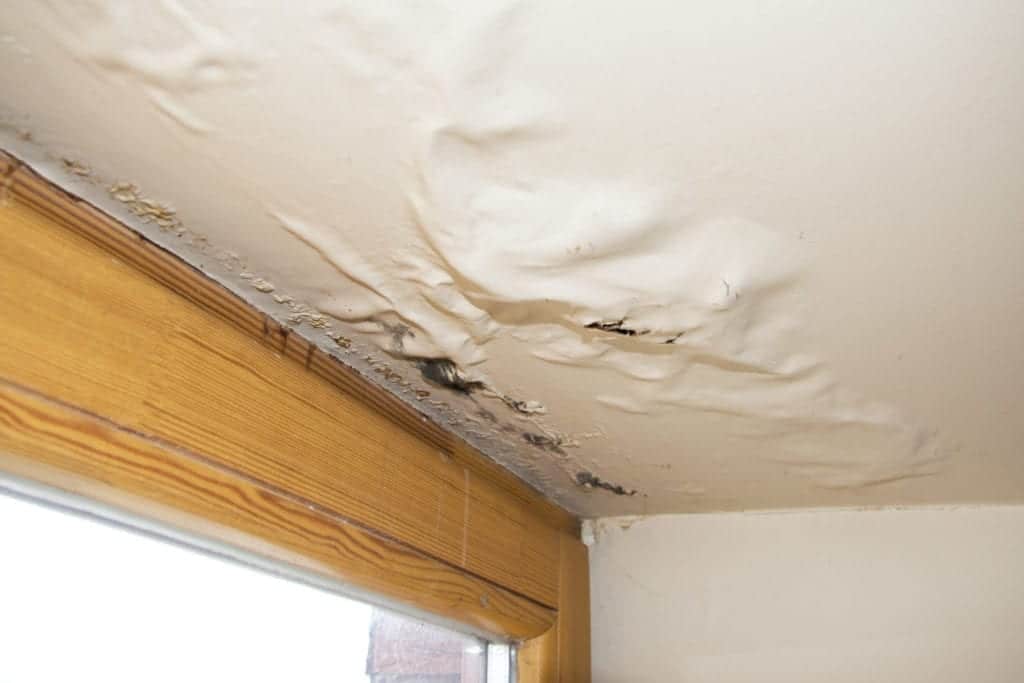Spot Hidden Water Line Leaks: 6 Smart Detection Tricks
Spot Hidden Water Line Leaks: 6 Smart Detection Tricks
Blog Article
The publisher is making a few great points relating to Hacks to detect leaks as a whole in this great article directly below.

Early detection of dripping water lines can reduce a potential disaster. Some small water leaks may not be noticeable.
1. Analyze the Water Meter
Examining it is a guaranteed way that aids you discover leakages. If it moves, that shows a fast-moving leak. This suggests you might have a slow-moving leak that could even be below ground.
2. Examine Water Consumption
If you find sudden changes, regardless of your intake being the very same, it means that you have leakages in your plumbing system. An abrupt spike in your expense shows a fast-moving leak.
Meanwhile, a constant increase every month, despite having the same practices, shows you have a slow-moving leakage that's also slowly intensifying. Call a plumber to thoroughly examine your property, especially if you really feel a cozy location on your flooring with piping underneath.
3. Do a Food Coloring Test
When it comes to water usage, 30% comes from commodes. If the shade somehow infiltrates your dish during that time without flushing, there's a leakage between the container and dish.
4. Asses Exterior Lines
Do not forget to check your exterior water lines also. Should water leak out of the connection, you have a loosened rubber gasket. One small leakage can squander loads of water and spike your water expense.
5. Evaluate and Assess the Situation
House owners need to make it a habit to inspect under the sink counters as well as even inside cupboards for any type of bad odor or mold and mildew development. These two red flags show a leakage so prompt interest is required. Doing routine examinations, even bi-annually, can conserve you from a major problem.
Much more significantly, if you understand your house is currently old, maintain a watchful eye on your heaters, pipes, pipelines and so on. Look for discolorations and also deteriorating as a lot of devices and pipelines have a life expectancy. They will additionally naturally wear away because of damage. Don't wait for it to rise if you think leaking water lines in your plumbing system. Call a professional plumber right away so you don't end up with a terrible mess in your home.
Early detection of dripping water lines can reduce a potential catastrophe. Some tiny water leaks might not be visible. Examining it is a guaranteed means that helps you find leaks. One small leak can lose loads of water as well as increase your water expense.
If you believe dripping water lines in your plumbing system, don't wait for it to intensify.
How to Know If Your Home Has a Hidden Leak
Water Meter Reveals Inexplicable Water Usage
If you’d like to test whether or not there’s a leak somewhere in your home, you can do this using your water meter. Here is how to conduct the test:
Don’t use any water in your home for at least 30 minutes; this also means not turning on faucets or water-using appliances.
Go outside, and check your water meter for activity.
If your water meter shows that there was activity, even though no one was using any water, this proves that there is a leak in your home.Visible Mold or Mildew Growth
Leaks behind walls create moist, dark environments that allow mold and mildew to grow and thrive. Eventually, you might see mold growth forming on the wall closest to a hidden leak.
If mold is growing in an area that receives a high amount of moisture, such as a bathroom, it may simply be an indication that better ventilation is needed. However, if you see mold growth on a wall or the ceiling in an area where you would not expect, you probably have a hidden leak.
Musty, Mildew Odor
Sometimes you might not be able to see the mold or mildew that is growing as a result of a leak. However, the smell can give the problem away just as easily. If you catch a whiff of something musty, there’s a good chance that old water is collecting somewhere in your home that you can’t see.
Stained/Warped Walls, Ceilings, or Floors
When your home soaks up water, a variety of red flags can become visible, including ceiling stains, bubbling drywall, warped walls, and sagging floors. While these issues can be caused by excess humidity, they can also be signs that a pipe or plumbing connection has started leaking behind your walls.
Inexplicably High Water Bill
After a while, you get a general sense for what your water bill should be. If you own a pool or sprinkler system, your bill will tend to be higher during summer. However, if you receive a water bill that seems especially high, and you can’t figure out what caused it, then you may have a hidden leak somewhere that’s increasing your bill.
https://www.plumbingjoint.com/blog/2019/july/how-to-know-if-your-home-has-a-hidden-leak/

I hope you liked our section on Locating water leaks. Thank you for taking time to browse our short article. Enjoyed our article? Please share it. Let others locate it. I praise you for your time. Visit again soon.
Quick fix? We're here. Report this page